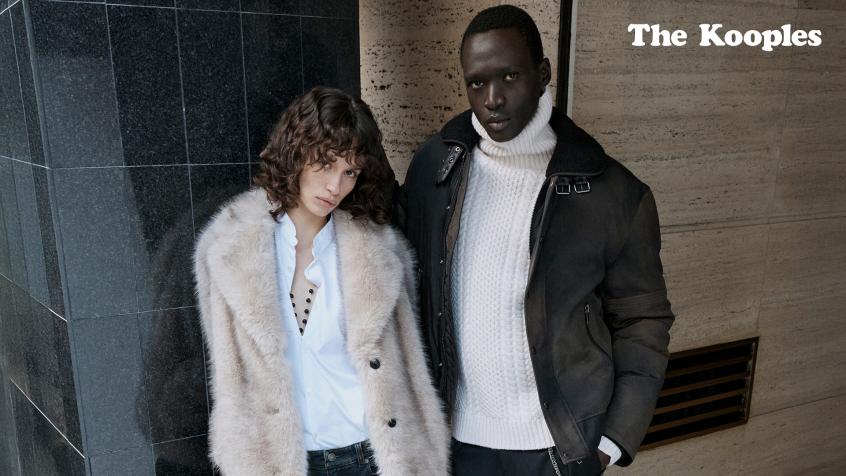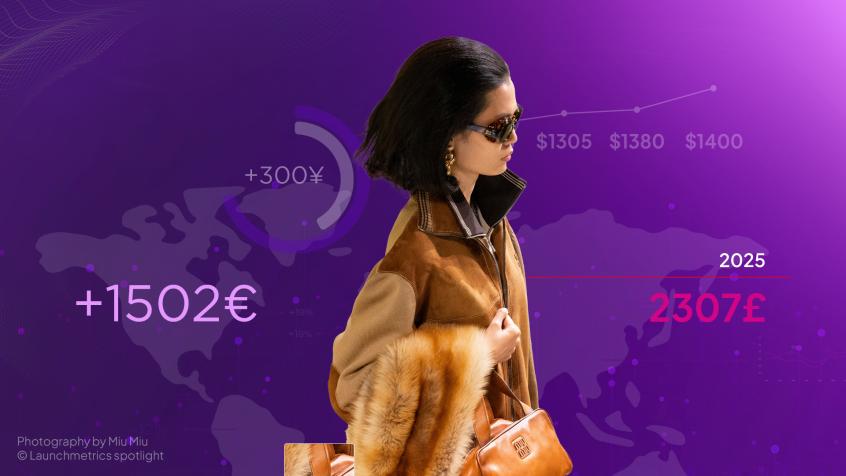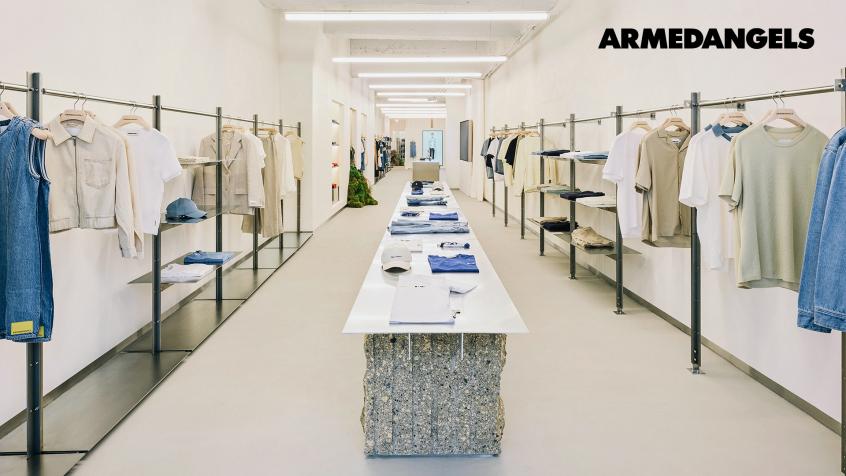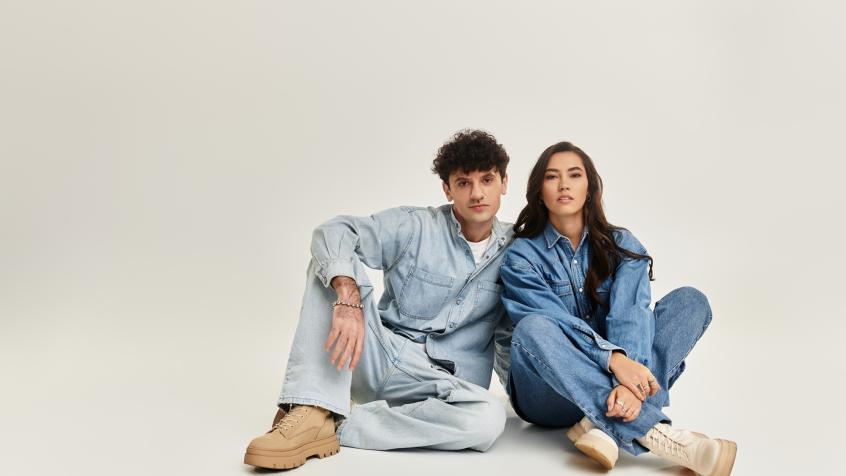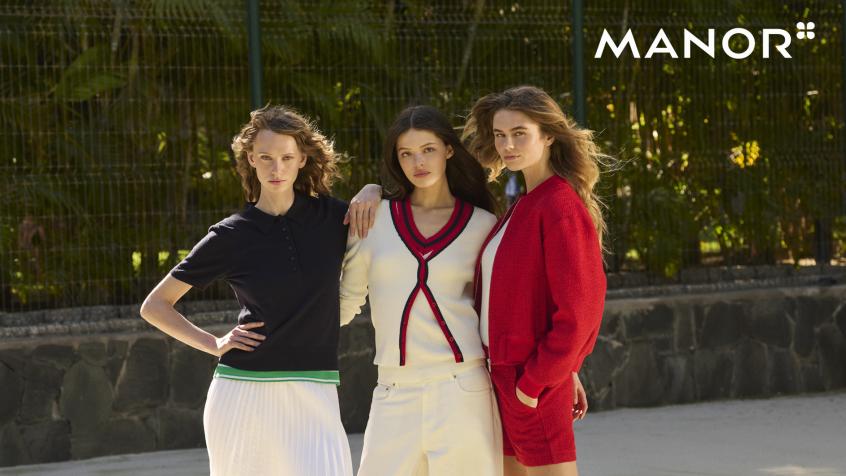Back to school: spending surge on kids’ apparel
Tackling the kidswear market in 2021

Key takeaways
- The kidswear market is booming and is only going to grow further
- Sustainability is an increasingly powerful factor in kidswear
- The price gap between boys’ and girls’ apparel is decreasing and gender-neutral collections are on the rise
The excitement of a new backpack, brand new sneakers and a first-day outfit that’s ready to be put on. Early fall means back to school and with the end of summer, the fizzling out of online classes, and the return to classrooms, targeting the kidswear sector is key for this season.
Following the uncertainty of last year’s back to school season with a focus on online classes, the yearly sales boost surrounding the back-to-school season is set to be significantly more prominent this year, with a spending forecast of more than $32 billion, as opposed to $28 billion in 2020, as shown by a Deloitte report. Countless brands are rapidly releasing back to school collections and campaigns with parents who are ready to spend more on kidswear than in 2020 , so what are the insights a brand needs in order to tackle the kidswear sector this season?
Kidswear taking the season by storm
As online classes are slowly being phased out after more than a year, numerous brands are releasing a significantly higher amount of kids’ clothes this year. The kidswear sector is visibly thriving, even within luxury kidswear, with key brands such as Balenciaga and Burberry launching highly successful kids’ collections and others immersing themselves into the booming children’s apparel sector, expected to grow by 5.64% annually, between 2021 and 2026, with a worldwide revenue of $258 billion in 2021, forecast to reach $341 billion by 2026.

Although the trend of increasing kidswear collections is visible throughout the year of 2021, the back-to-school shopping season is showcasing a particularly valuable increase in mass market kidswear collections in 2021, as opposed to 2020.
Leading industry mass market retailers ZARA, Mango, H&M and OVS are releasing higher amounts of kidswear collections this back-to-school season, with ZARA Kids showcasing an assortment share increase of nearly 30%. Top retailers are thus actively tackling the sector and taking advantage of its prominence and the back-to-school sales peak.
The power of sustainability
Sustainability is no longer just a trend within the fashion industry. With the large majority of today’s consumers valuing and gravitating towards brands whose products have a low negative environmental impact, sustainability is becoming a key part of the industry. Millennials and Generation Z alike, are increasingly interested in investing in sustainable clothing, with parents valuing slow fashion for their kids. Sustainability is indeed more prominent in kidswear, with top mass market brands releasing more sustainable kids’ clothing, than adult collections.

Among leading mass market brands, the H & M kidswear collection has the same share of sustainable clothing in its assortment as its adult collection, whilst ZARA, OVS and Mango have a larger sustainable assortment for kids, indicating that when tackling the children’s apparel market, sustainability is a powerful factor for brands to take into consideration.

Sustainability plays an important role in the kidswear segment and the 2021 increase in environmentally conscious kidswear collections from ZARA, H&M and Mango proves this fact. Considering the value consumers today place on environmentally friendly products and services, leading retailers are adapting their collections to meet consumer’s needs in terms of sustainability.
Evening out the price gap between boys and girls
In previous years, there has been an evident price difference between boys’ and girls’ kidswear collections. In 2020, leading mass market kidswear collections showcased higher price points for girls’ apparel rather than boys’ in each retailer’s assortment. However, the gap is slowly evening out in 2021.

In 2021, although H&M and Mango kidswear maintain a low most frequent price for boys’ collections (€9.99), OVS kidswear is setting a higher most frequent price and overall price point for its boys’ assortment. ZARA kids on the other hand, is maintaining an equal most frequent price within the two (€17.95).

A lower price gap between boys and girls could be caused by a gradual increase in boys’ collections amongst mass market retailers, who have previously catered more towards the girls’ kidswear segment.
Much more than a pricing gap, a factor to take into consideration across all retailers is something that has become very powerful within the fashion industry, which is the development of gender-neutral collections. Numerous brands, such as JBC, who developed a gender neutral back to school collection, loungewear brand Pangaia’s gender neutral kids’ collection as well as Mini Rodini, who has a gender-neutral kids’ assortment, are all embracing gender fluidity within children’s apparel. Their collections do not differentiate between genders, but rather only between age groups.
Tackling the kidswear market
The back-to-school season is an extremely valuable sales period during the year, especially now that kids are going back into their classrooms. Not only is this a phenomenon this year, as the children’s apparel market is only going to get bigger. Therefore, targeting the kidswear market is key this year and in the future. When tackling the market, retailers should take into consideration the ever-growing importance of sustainability, which is valuable for parents and youngsters alike, but more prominent in children’s apparel. Lastly, taking the opportunity to tackle gender stereotypes in kidswear collections, could give retailers the advantage they need when targeting the children’s apparel market.
Discover Retviews
Related Content
